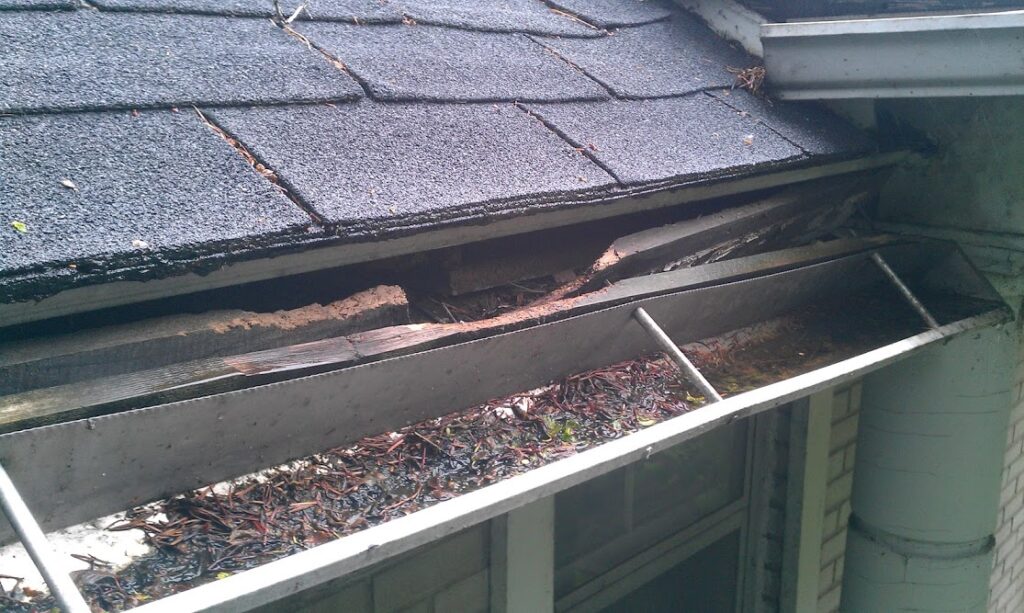Roofing issues are a common headache for homeowners, but what happens when squirrels and their constant need to chew are the cause of the damage? Why do squirrels chew, you may wonder, and how do they seem to know when a home’s roofing fascia is vulnerable? At Skedaddle Humane Wildlife Control, we can not only help you remove invading squirrels from your attic and roof but also offer some helpful information about squirrel behaviour and how our technicians can help you keep these intelligent yet invasive rodents away from your home.
Squirrel Chewing Behaviour
Squirrels are rodents, and along with mice, rats and even domestic creatures like hamsters and guinea pigs, need to constantly chew on objects to file down their front teeth. Most rodents’ front teeth grow throughout their lives, so they must keep them at a proper length to chew open nuts and acorns, their primary food source. They also eat other types of food, including:
- Wild grasses and leaves
- Wild berries
- Tree and flower bulbs
Once squirrels discover they can access a home’s roof, they may start to chew on the fascia, or the roof’s decorative overhang, to gain entrance to the attic. Once they break through, squirrels usually find the safe, warm interior to their liking and start to nest there.
Why Squirrels Chew Fascia
Squirrels are highly intelligent rodents and have the capacity to remember locations and even recall if those places are free of danger. The edge of your home’s roof can provide them with ample chewing, but once they realize they can create an opening there, they will likely chew as a means to gain entrance to a home. They can also gain entrance easily if the roof already has missing shingles, drooping gutters or wood rot.
Calling in our team of experienced wildlife removal experts can provide you with a few solutions when it comes to how to stop squirrels from chewing on your property. Wild squirrels may bite or claw if you try to handle them on your own, so reaching out for experienced assistance can keep you and your family safe.

Identifying Chewing Damage
Once our technicians access your roof near the fascia, they will identify any damage caused by squirrels by noting ragged holes made by the rodents’ teeth, nesting material in and around the holes and the presence of live squirrels using the holes to enter and exit the attic. Squirrels can chew through a variety of materials, from wood to aluminum, and can squeeze through small holes to make their nests.
Skedaddle Can Help
Our wildlife removal technicians can keep squirrels away from your property by first removing any live specimens and all the nesting material from near your home’s fascia and inside the attic. Next, they will seal the holes with chew-proof material and ensure that they seal all other possible roof entrances. They can also provide you with tips about how to keep squirrels away from your roof, such as cutting back tree branches and storing pet food properly.
Squirrels are among the most intelligent of rodents, but you can outsmart them by contacting our office today for an appointment so we can help you reclaim your home.



